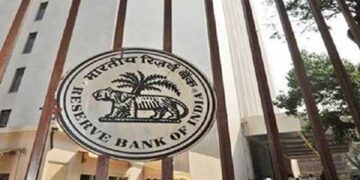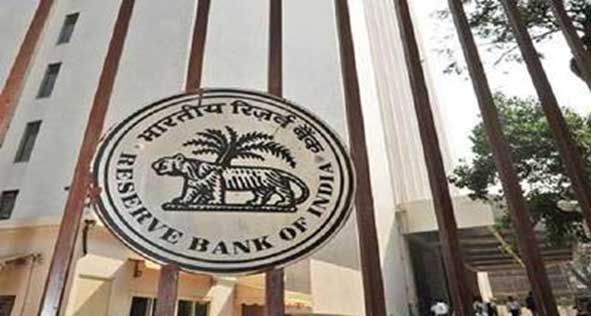Team Blitz India
THE Reserve Bank of India (RBI) has unveiled a series of ambitious reform objectives as it prepares for its centenary celebrations in 2034. Its major goals include a comprehensive review of the monetary policy framework, capital account liberalization, and the internationalization of the Indian rupee.
Balancing act
The RBI’s proposed review of the monetary policy framework aims to balance price stability and economic growth.
The current monetary policy framework, finalized in 2016, emphasizes flexible inflation targeting with the objective of maintaining consumer inflation at 4%, with a tolerance of +/-2%, a target to remain until March 31, 2026.
The RBI aims to make the Indian rupee more accessible for nonresidents to facilitate cross-border transactions. The bank also plans to ensure the availability of rupee accounts to persons residing outside India and to promote Indian multinational corporations and brands through overseas investments. In a related move, the RBI has issued a strong warning to micro lenders and non-bank financial companies (NBFCs) against charging excessively high interest rates on small-value loans.
In March 2022, the RBI mandated that banks, non-banks, and micro lenders develop internal policies on the pricing of microfinance loans, which should include ceilings on interest rates and other charges. Although the RBI no longer sets these caps, it emphasized that interest rates and fees must not be usurious and will be subject to regulatory scrutiny.
RBI Governor Shaktikanta Das highlighted that while most regulated entities adhere to guidelines on the Key Facts Statement (KFS), some continue to charge undisclosed fees. Das underscored that the regulatory freedom granted to lenders in pricing loans should be exercised judiciously. He assured that the RBI maintains ongoing constructive engagement with financial entities to safeguard customer interests and ensure overall financial stability. The RBI’s monetary policy committee recently decided to keep the repo rate unchanged at 6.5%.
Cost of lending
Industry experts, including Jiji Mammen, Executive Director and CEO of the MFI industry body Sa-Dhan, noted that the cost of lending is closely linked to the cost of funds raised by microfinance lenders. Smaller MFIs often rely on NBFCs for funding, which can result in higher lending rates due to the increased cost of borrowing.
The gross loan portfolio of all micro lenders, including banks and MFIs, stood at ₹13.9 trillion as of December 31, 2023, reflecting a 21% increase from the previous year. This substantial growth underscores the importance of maintaining transparent lending practices. Suresh Ganapathy, Managing Director and Head of Financial Services Research at Macquarie Capital, observed that the RBI’s warning is an extension of its efforts to protect customer interests.
















